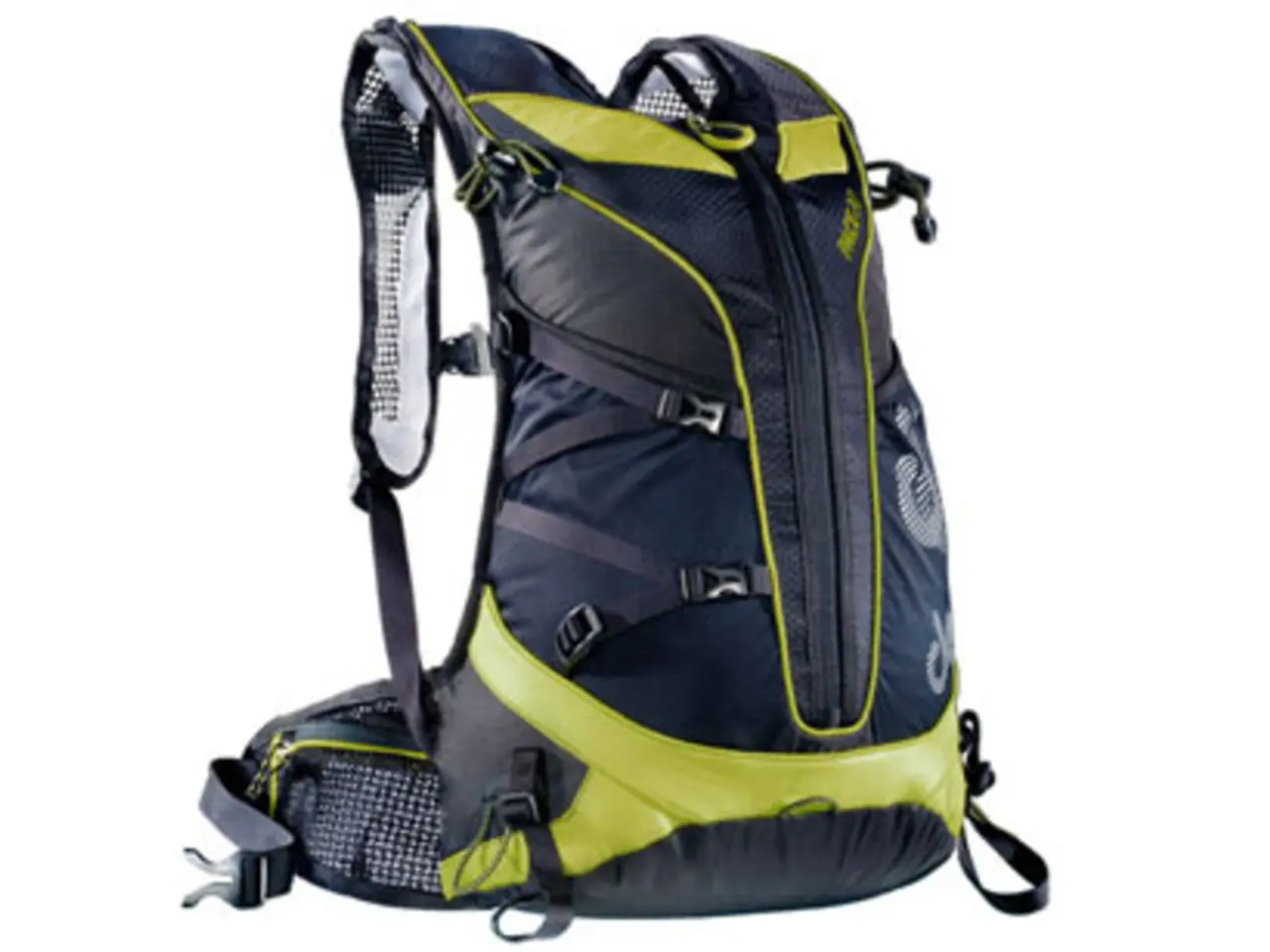Airline attire poses not just a discomfort, but a potential risk, when flown on an airplane
Air travel can be an exciting yet stressful experience, with long security lines, crowded airports, and the constant rush to catch flights. However, certain clothing choices during flight can pose surprising health risks, particularly in relation to deep vein thrombosis (DVT).
DVT is a condition that can occur during long periods of immobility, such as on flights lasting four hours or longer. It happens when blood clots form in deep veins, often in the legs, and if left untreated, these clots can travel to the lungs, causing life-threatening complications like a pulmonary embolism.
To reduce the risk of DVT and improve safety in emergencies, experts recommend avoiding tight and synthetic fabrics. Tight-fitting garments like skinny jeans, tight leggings, or synthetic fabrics can restrict blood flow, especially around the waist, thighs, or ankles, and contribute to DVT. Synthetic materials like nylon, polyester, or spandex blends, commonly used in travel outfits, are highly flammable and can cause severe burns in the rare event of a fire onboard.
Instead, opt for loose, natural-fiber clothing. Natural fibers like cotton, merino wool, or modal are breathable, moisture-wicking, and lower in flammability. Loose-fitting clothing that does not constrict circulation, especially on the lower body, is essential for maintaining healthy blood flow during travel. Full-length trousers and long-sleeved tops provide an additional layer of protection against cabin hazards such as hot surfaces, liquid spills, or abrasions.
Layering is also key to adapting to unpredictable airplane temperatures. A lightweight sweater or scarf can be easily added or removed as needed. Practical footwear that offers support and protects feet from environmental hazards is also crucial. Sandals leave the feet exposed to unsanitary surfaces and cooler cabin temperatures, while offering little support for navigating a hectic travel day.
Fussy accessories, such as belt buckles or jewelry, can complicate security checks or bathroom visits and add unnecessary stress to the journey. Instead, consider oversized scarves or shawls for added warmth or privacy on long flights.
In summary, by avoiding tight and synthetic fabrics and opting for loose, natural-fiber clothing with layers and supportive footwear, passengers can ensure optimal comfort and protection during their flight. This simple change in clothing choices can significantly reduce the risk of DVT and other health issues, making air travel a safer and more enjoyable experience.
[1] Mayo Clinic. (2021). Deep vein thrombosis. [online] Available at: https://www.mayoclinic.org/diseases-conditions/deep-vein-thrombosis/symptoms-causes/syc-20372227
[2] Centers for Disease Control and Prevention. (2021). Air Travel and COVID-19. [online] Available at: https://www.cdc.gov/coronavirus/2019-ncov/travelers/plane/index.html
[3] American Heart Association. (2021). Deep Vein Thrombosis (DVT). [online] Available at: https://www.heart.org/en/health-topics/stroke/what-is-a-stroke/deep-vein-thrombosis-dvt
[5] National Heart, Lung, and Blood Institute. (2021). Deep Vein Thrombosis (DVT). [online] Available at: https://www.nhlbi.nih.gov/health-topics/deep-vein-thrombosis-dvt
Incorporating loose, natural-fiber clothing and practical footwear into one's travel attire can help minimize the risk of deep vein thrombosis (DVT) during long flights, improving overall health and safety. Choosing garments made of breathable materials like cotton, merino wool, or modal can facilitate blood flow and reduce the likelihood of DVT.




